-
 bitcoin
bitcoin $118548.520763 USD
3.67% -
 ethereum
ethereum $4352.564943 USD
4.79% -
 xrp
xrp $2.964058 USD
4.22% -
 tether
tether $1.000565 USD
0.05% -
 bnb
bnb $1028.372955 USD
1.46% -
 solana
solana $221.373507 USD
6.00% -
 usd-coin
usd-coin $0.999933 USD
0.02% -
 dogecoin
dogecoin $0.248633 USD
6.85% -
 tron
tron $0.341444 USD
2.38% -
 cardano
cardano $0.852946 USD
5.82% -
 hyperliquid
hyperliquid $47.869306 USD
6.15% -
 chainlink
chainlink $22.561476 USD
6.01% -
 ethena-usde
ethena-usde $1.001258 USD
0.05% -
 avalanche
avalanche $30.660000 USD
2.06% -
 stellar
stellar $0.400917 USD
9.76%
How to understand the concept of decentralized identity (DID)?
Decentralized identity (DID) revolutionizes digital data management by using blockchain to store identity data, enhancing privacy and security while empowering individuals.
Apr 11, 2025 at 04:28 pm
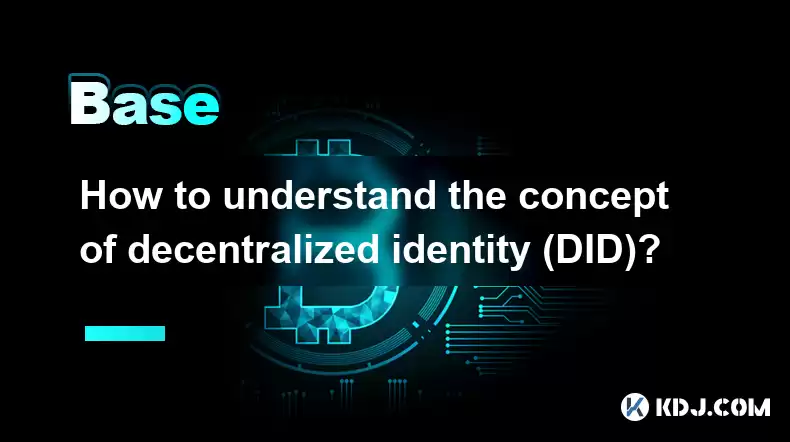
Understanding the concept of decentralized identity (DID) involves grasping how it revolutionizes the way we manage and control our personal data in the digital world. Decentralized identity refers to a system where identity data is stored on a blockchain or a distributed ledger, rather than being controlled by centralized entities like governments or corporations. This approach gives individuals more control over their personal information, enhancing privacy and security.
What is Decentralized Identity?
Decentralized identity is a type of digital identity that is managed through decentralized systems. Unlike traditional identity systems, where a single entity holds and manages user data, DID allows users to control their own data. This is achieved through the use of blockchain technology, which provides a secure and transparent way to store and manage identity data. The core idea is to empower individuals to own, control, and share their personal data as they see fit, without relying on intermediaries.
The Components of Decentralized Identity
To fully understand DID, it's important to know its key components:
- DID Document: This is a JSON document that contains public keys and service endpoints. It is associated with a DID and provides the necessary information to interact with the identity.
- DID Resolver: A software component that retrieves DID Documents from the blockchain or other decentralized storage systems.
- Verifiable Credentials: These are digital credentials that can be cryptographically verified. They can be issued by various entities and stored by the individual, who can then share them as needed.
- Decentralized Identifiers (DIDs): Unique identifiers that are generated and managed on a blockchain or other decentralized network. They are used to represent an entity, whether it's a person, organization, or thing.
How Decentralized Identity Works
Understanding how DID works involves looking at the process of creating and using a decentralized identity:
- Creation of a DID: An individual or entity generates a DID using a DID method, which is a specific implementation of the DID standard. This process involves creating a DID Document and registering it on a blockchain.
- Storing and Managing Data: The DID Document is stored on the blockchain, where it can be accessed by anyone with the DID. The individual controls the private keys associated with the DID, which are used to manage and update the DID Document.
- Sharing Verifiable Credentials: When an individual needs to prove their identity or share specific information, they can issue a verifiable credential. This credential is cryptographically signed and can be verified by any third party, ensuring its authenticity and integrity.
- Interacting with Services: Services that support DID can use the DID Resolver to retrieve the DID Document and interact with the individual's identity. This allows for seamless and secure identity verification without relying on centralized systems.
Benefits of Decentralized Identity
The adoption of DID offers several significant benefits:
- Enhanced Privacy: With DID, individuals have full control over their personal data. They can choose what information to share and with whom, reducing the risk of data breaches and unauthorized access.
- Increased Security: The use of blockchain technology ensures that identity data is stored securely and tamper-proof. The cryptographic nature of verifiable credentials adds an extra layer of security.
- Interoperability: DID standards are designed to be interoperable across different systems and networks. This means that a DID created on one platform can be used on another, facilitating seamless interactions.
- User Empowerment: By giving individuals control over their identity data, DID empowers them to manage their digital lives more effectively. This can lead to greater trust and confidence in online interactions.
Challenges and Considerations
While DID offers many advantages, there are also challenges and considerations to be aware of:
- Adoption and Integration: For DID to be effective, it needs to be widely adopted by both individuals and organizations. This requires significant changes to existing systems and processes, which can be a barrier to implementation.
- User Experience: Managing a DID can be complex for non-technical users. Ensuring a user-friendly experience is crucial for widespread adoption.
- Regulatory Compliance: DID must comply with existing data protection and privacy regulations, which can vary widely across different jurisdictions. Navigating these regulations can be challenging for organizations implementing DID.
- Scalability: As more identities are created and managed on the blockchain, scalability becomes a concern. Ensuring that the system can handle a large number of transactions and interactions is essential for its success.
Practical Example of Using Decentralized Identity
To illustrate how DID works in practice, consider the following example of using a DID to access a service:
- Creating a DID: An individual, Alice, decides to create a DID. She uses a DID method to generate a unique identifier and creates a DID Document containing her public keys and service endpoints.
- Storing the DID Document: Alice registers her DID Document on a blockchain, making it publicly accessible but under her control.
- Obtaining Verifiable Credentials: Alice obtains a verifiable credential from her university, proving her degree. This credential is cryptographically signed by the university and stored in her DID Document.
- Accessing a Service: Alice wants to apply for a job that requires proof of her degree. She shares her DID with the employer, who uses a DID Resolver to retrieve her DID Document.
- Verifying the Credential: The employer verifies the credential using the public key in Alice's DID Document, ensuring its authenticity. Alice's privacy is maintained, as she only shares the necessary information.
Frequently Asked Questions
Q: Can decentralized identity be used for non-human entities like IoT devices?A: Yes, decentralized identity can be used for non-human entities such as IoT devices. A DID can represent any entity, including devices, allowing them to have their own secure and verifiable identity on the blockchain.
Q: How does decentralized identity protect against identity theft?A: Decentralized identity protects against identity theft by giving individuals control over their data and using cryptographic methods to secure it. Since the data is stored on a blockchain, it is tamper-proof, and verifiable credentials ensure that any shared information can be authenticated.
Q: Are there any costs associated with using decentralized identity?A: There may be costs associated with using decentralized identity, such as transaction fees for registering and updating DID Documents on the blockchain. However, these costs can vary depending on the blockchain network and the specific DID method used.
Q: How does decentralized identity compare to traditional identity systems?A: Decentralized identity differs from traditional identity systems in that it is managed by the individual rather than a centralized authority. It offers greater privacy, security, and control over personal data, whereas traditional systems often require sharing sensitive information with multiple entities.
Disclaimer:info@kdj.com
The information provided is not trading advice. kdj.com does not assume any responsibility for any investments made based on the information provided in this article. Cryptocurrencies are highly volatile and it is highly recommended that you invest with caution after thorough research!
If you believe that the content used on this website infringes your copyright, please contact us immediately (info@kdj.com) and we will delete it promptly.
- BlockDAG, DOGE, HYPE Sponsorship: Crypto Trends Shaping 2025
- 2025-10-01 00:25:13
- Deutsche Börse and Circle: A StableCoin Adoption Powerhouse in Europe
- 2025-10-01 00:25:13
- BlockDAG's Presale Buzz: Is It the Crypto to Watch in October 2025?
- 2025-10-01 00:30:13
- Bitcoin, Crypto, and IQ: When Genius Meets Digital Gold?
- 2025-10-01 00:30:13
- Stablecoins, American Innovation, and Wallet Tokens: The Next Frontier
- 2025-10-01 00:35:12
- NBU, Coins, and Crypto in Ukraine: A New Yorker's Take
- 2025-10-01 00:45:14
Related knowledge

How does cryptocurrency achieve decentralization?
Sep 30,2025 at 04:37am
Understanding the Foundation of Decentralization in Cryptocurrency1. Cryptocurrency achieves decentralization primarily through the use of blockchain ...
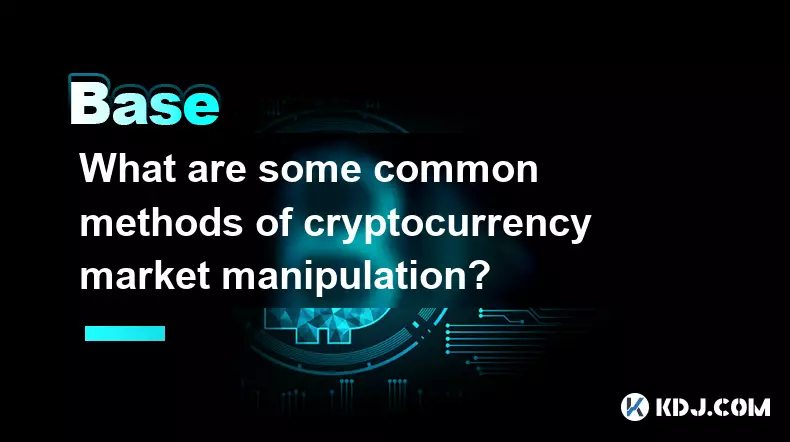
What are some common methods of cryptocurrency market manipulation?
Sep 27,2025 at 02:55am
Wash Trading and Its Impact on Market Perception1. Wash trading involves an individual or entity simultaneously buying and selling the same cryptocurr...
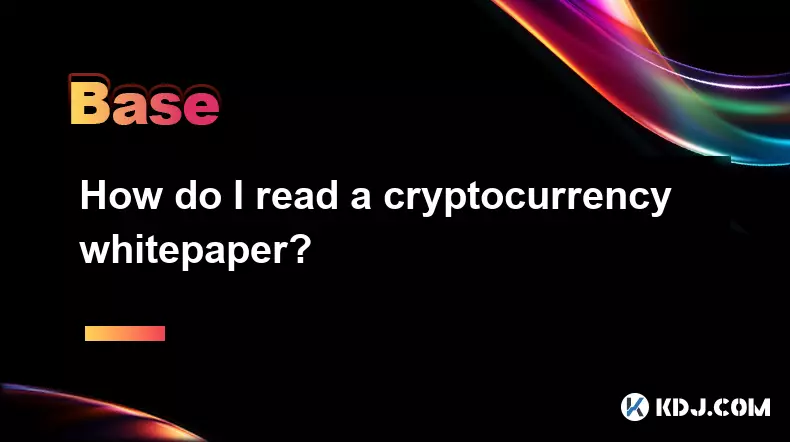
How do I read a cryptocurrency whitepaper?
Sep 27,2025 at 05:54am
Understanding the Structure of a Cryptocurrency Whitepaper1. Begin by identifying the executive summary, which outlines the project’s core vision and ...
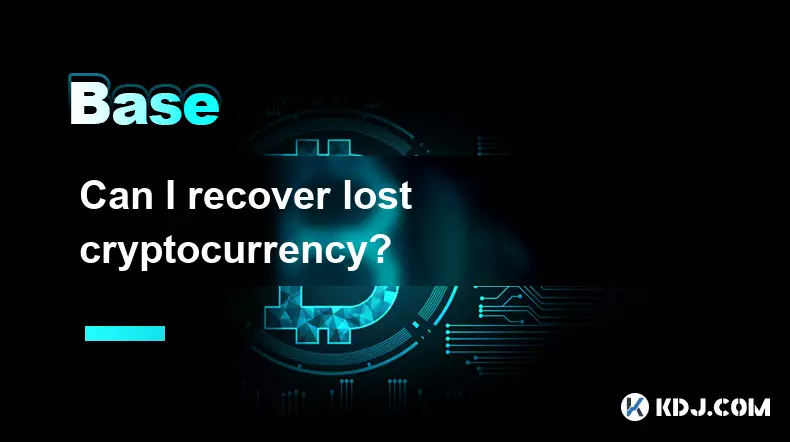
Can I recover lost cryptocurrency?
Sep 25,2025 at 08:18am
Understanding the Nature of Cryptocurrency Loss1. Cryptocurrency operates on decentralized networks, meaning there is no central authority to reverse ...
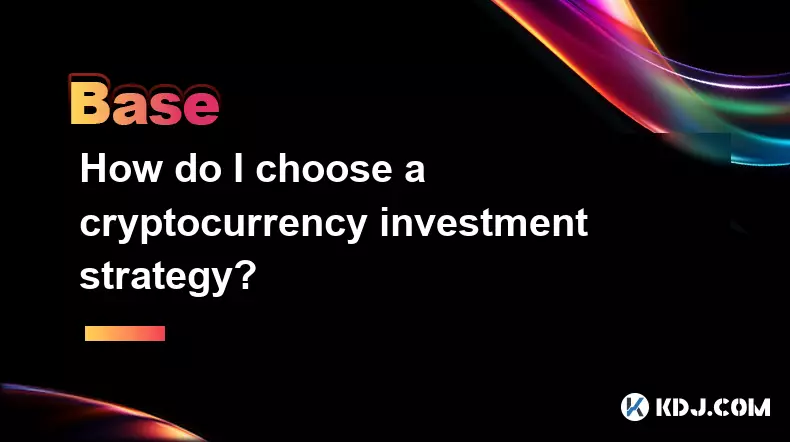
How do I choose a cryptocurrency investment strategy?
Sep 27,2025 at 03:55pm
Understanding Risk Tolerance in Crypto Investing1. Assessing personal risk tolerance is a foundational step when entering the cryptocurrency market. V...

How can I earn passive income from cryptocurrency?
Sep 23,2025 at 10:18am
Staking Cryptocurrencies for Regular Returns1. Many blockchain networks operate on a proof-of-stake (PoS) consensus mechanism, allowing users to earn ...

How does cryptocurrency achieve decentralization?
Sep 30,2025 at 04:37am
Understanding the Foundation of Decentralization in Cryptocurrency1. Cryptocurrency achieves decentralization primarily through the use of blockchain ...

What are some common methods of cryptocurrency market manipulation?
Sep 27,2025 at 02:55am
Wash Trading and Its Impact on Market Perception1. Wash trading involves an individual or entity simultaneously buying and selling the same cryptocurr...

How do I read a cryptocurrency whitepaper?
Sep 27,2025 at 05:54am
Understanding the Structure of a Cryptocurrency Whitepaper1. Begin by identifying the executive summary, which outlines the project’s core vision and ...

Can I recover lost cryptocurrency?
Sep 25,2025 at 08:18am
Understanding the Nature of Cryptocurrency Loss1. Cryptocurrency operates on decentralized networks, meaning there is no central authority to reverse ...

How do I choose a cryptocurrency investment strategy?
Sep 27,2025 at 03:55pm
Understanding Risk Tolerance in Crypto Investing1. Assessing personal risk tolerance is a foundational step when entering the cryptocurrency market. V...

How can I earn passive income from cryptocurrency?
Sep 23,2025 at 10:18am
Staking Cryptocurrencies for Regular Returns1. Many blockchain networks operate on a proof-of-stake (PoS) consensus mechanism, allowing users to earn ...
See all articles










































































